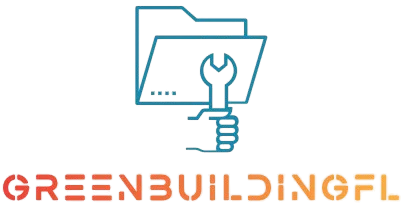How to Conduct a Sprint Retrospective
Conducting a sprint retrospective is an essential practice in Agile methodology that allows teams to reflect on the past sprint, identify areas for improvement, and plan actions for future sprints. Here’s a step-by-step guide on how to conduct a sprint retrospective:
- Schedule the Retrospective: Determine a suitable time and place for the retrospective meeting. It’s generally held at the end of the sprint but before the planning session for the next sprint.
- Invite the Team: Ensure all team members, including the Scrum Master and Product Owner, are invited to the retrospective. Clear their schedules to ensure their full participation.
- Create a Safe Environment: Establish a positive and non-judgmental atmosphere where team members feel comfortable expressing their opinions and sharing their observations. Emphasize that the retrospective is an opportunity for honest and constructive feedback.
- Set the Stage: Begin the retrospective by reminding the team of the purpose and importance of the retrospective. Highlight that its goal is to improve teamwork, productivity, and the overall project.
- Collect Data: Encourage the team to gather data, such as successes, challenges, and areas for improvement from the previous sprint. This can be done through sticky notes, online collaboration tools, or surveys.
- Generate Insights: Analyze the collected data together as a team. Look for patterns, trends, and common issues that occurred during the sprint. Prioritize the areas that had the most impact on performance or could benefit from improvement.
- Generate Ideas: Facilitate an open discussion where the team generates potential solutions and ideas to address the identified areas for improvement. Encourage equal participation and ensure all ideas are captured.
- Consolidate and Prioritize: Group similar ideas and identify the most critical ones. Facilitate a discussion to collectively determine the priority actions or experiments to tackle in the next sprint.
- Create an Action Plan: Define concrete action items that will be taken in the next sprint to address the prioritized areas for improvement. Delegate responsibilities and set clear deadlines for each action item.
- Close the Retrospective: Summarize the action plan and ensure everyone is clear about their assigned tasks. Thank the team for their participation and encourage them to maintain a growth mindset and continuous improvement mindset.
- Follow Up: Throughout the next sprint, monitor the progress of the action items and address any obstacles or challenges. Use the retrospective as an opportunity to evaluate progress and make any necessary adjustments.
Remember that the sprint retrospective is about fostering open communication, learning from past experiences, and making positive changes. By consistently conducting retrospectives, teams can continuously improve their processes and achieve better outcomes in each sprint.



